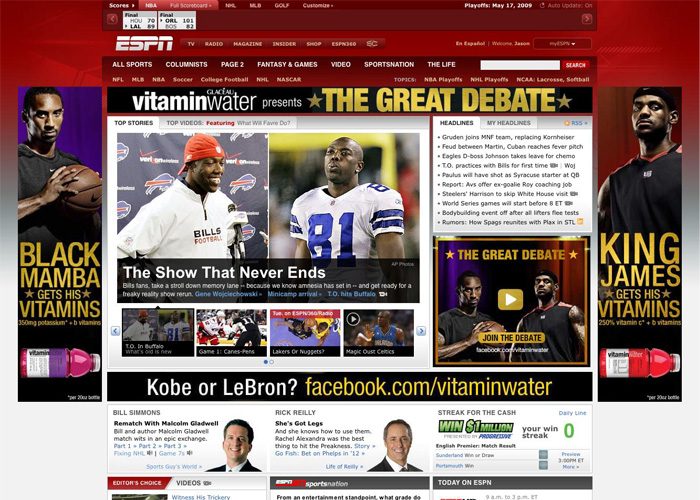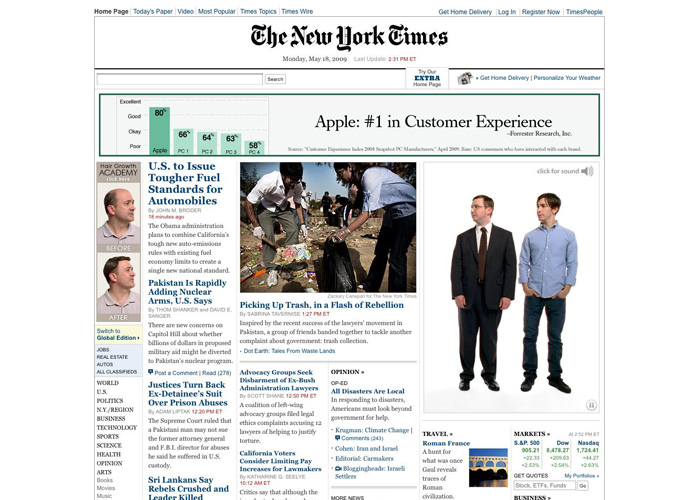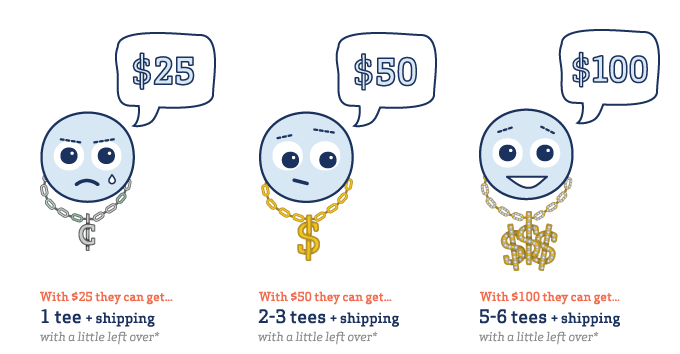When “early to market” is “too early to market”
Yesterday during team meeting, someone passed around a dish of orange and brown peanutbutter M&M’s to help us focus our energies properly. As it went by, Jason whispered something like, “Dude—are those Halloween?” Naw… not in August! Must just be their way of letting some Reese’s Pieces branding rub off on them. But after visiting the store this morning, I have changed my mind. I’ve also decided that there is indeed such a thing as “too early to market”, not just for Halloween candy, but for other products too.
Let me say up front that Halloween has never been my favorite holiday, and that probably colors some of my reaction. But even a Halloween fan has got to admit something strange (sinister?) about walking into a Smith’s store on August 29th—more than two full months before Halloween—looking for some double A batteries to power my back-to-school camera, only to be confronted with strobe lights, mountains of brown and orange candy, sepulchral voices, skulls, and every other ghastly accoutrement you can imagine.
Two words for the good folks at Smith’s: TOO EARLY!
Those who don’t particularly like Halloween must now steel themselves every week for over two months whenever they have to go shopping, and cashiers and bagboys can look forward to more scowls and irritable customers than they might otherwise have had during the entire fall season. (Other holidays suffer from the same syndrome… but I don’t recall ever having seen Christmas decorations up by October 25th, nor do I think an early Saint Nick has quite as strong a negative reaction as an early Jack Skellington.)
Aside from irritating those who are already disinclined towards Halloween, what impact does such early exposure have on sales and other measures that stores care about? Is it really very likely that I am going to start stocking up on trick-or-treat goodies two months early? Am I going to buy those tootsie rolls at Smith’s instead of Kohler’s because they were available 9 weeks in advance instead of 6 weeks in advance? I don’t have their sales figures obviously, but it’s a doubtful proposition in my book.
Does any of this apply to software product development and marketing? I think it does. I’ve seen at least two examples, one in the naming (and numbering) of products, and one in the timing of technology.
I worked for over four years on Microsoft’s mapping software in what we affectionately called the “Geo Unit”. Those were good times, working with very fun and talented people; bash Microsoft all you want, but I think we put out some of the best general mapping software on the planet. One of my pet peeves, however, was the decision made by the marketing folks to use the following year as the version number for our latest release— Streets & Trips 2007, for example.
Now when a car rolls off the production lines in November 2006 and gets labeled as the “2007 model”, it’s easy to understand; sure it’s a couple of months early, but it’s a car that will be bought almost entirely in the following year. Contrast this with Streets & Trips 2004, which was code complete in March of 2003. It was marketed and sold for 9 months in 2003, then replaced by Streets & Trips 2005 in March of 2004, which leaves only a 3 month “truth in advertising” period when the version actually matches the year. This cycle was repeated year after year.
To the business, the goal was to keep the version apparently fresh and just off the DVD burners for longer than it really was. But people are not stupid (generally speaking anyway). They know that a product labeled 2004, when it is bought in early 2003 is not really what was advertised. You’ve introduced a totally unnecessary credibility problem; you had a great product, right? Why not use the current year for a version number or (bucking the trend ever since Windows 95) forget about the year, and use a good old fashioned version number.
A tougher problem is knowing when society is ready to take advantage of your technology. During my time at Microsoft, this was less of a challenge with mapping software, but more of an issue with location-based services (LBS) for mobile devices. Certain parts of the world (Korea and Scandinavia in particular) were ready to eat up LBS in the early 2000’s. Huge portions of the population owned mobile phones and a sizable fraction of those phones were geo-aware; they knew where they were, and if given the data could tell you what was nearby (or, in more potentially sinister applications, could tell others that you were nearby). The commercial possibility with these kinds of apps seemed huge, and the Geo Unit poured a lot of resources into developing that potential.
But that investment didn’t bear the amount of fruit we hoped for. Markets in the US were not as rife with devoted mobile users, and consumer safety and privacy concerns slowed adoption. As a result, related projects lost steam over time, and I haven’t heard much about it since I left. Maybe I’m just not as plugged in, but it seemed to me to be a project that was just a little too far ahead of its time. I hope that as GPS-enabled phones and other devices become the standard, life gets breathed back into those projects.
In the old Geo Unit we all had T-shirts that said, “Location, location, location” and “Location is everything.” Perhaps we should have acknowledged that Timing is pretty important, too.



